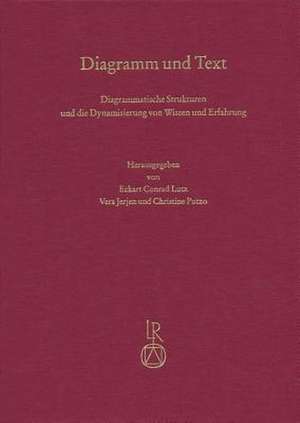Diagramm Und Text. Diagrammatische Strukturen Und Die Dynamisierung Von Wissen Und Erfahrung
Editat de Vera Jerjen, Eckart Conrad Lutz, Christine Putzode Limba Germană Hardback
Preț: 838.98 lei
Preț vechi: 1089.59 lei
-23% Nou
Puncte Express: 1258
Preț estimativ în valută:
160.57€ • 167.19$ • 135.70£
160.57€ • 167.19$ • 135.70£
Carte indisponibilă temporar
Doresc să fiu notificat când acest titlu va fi disponibil:
Se trimite...
Preluare comenzi: 021 569.72.76
